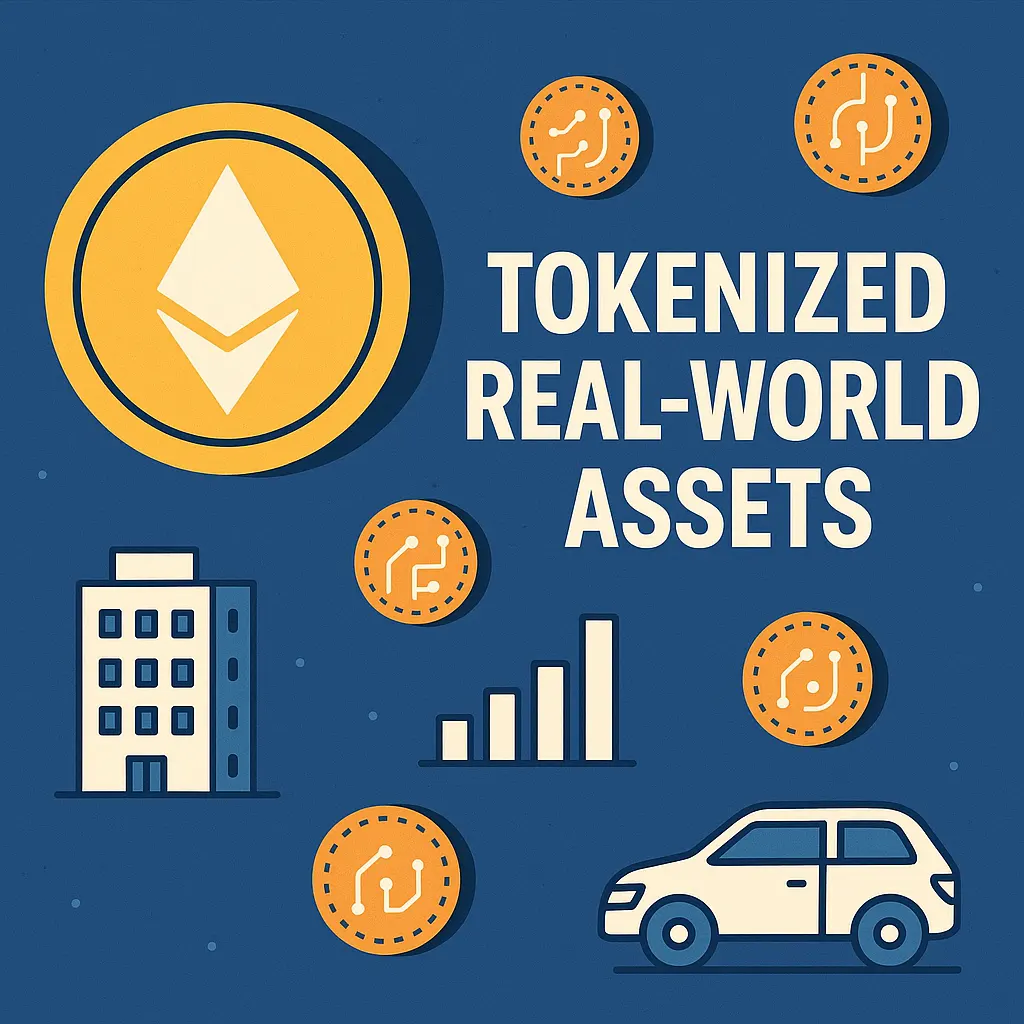26-6-2025 – The market for tokenised real-world assets (RWA) has surged by an astonishing 380% over the past three years, reaching a valuation of $24 billion this month, according to a compelling report by RedStone, Gauntlet, and RWA.xyz. This meteoric rise underscores a growing embrace of blockchain technology by traditional finance, heralding a transformative shift in how assets are managed and traded.
The report, titled Real-World Assets in On-chain Finance, declares that 2024-2025 marks a pivotal moment for asset tokenisation, evolving from tentative experiments to robust institutional adoption. Tokenisation, the process of converting tangible assets like stocks, bonds, or private credit into digital tokens tradable on blockchain platforms, is lauded for its potential to streamline inefficiencies and slash costs inherent in conventional financial systems.

The future scale of this market sparks bold projections. Management consultancy McKinsey envisions a $2 trillion industry, while BCG forecasts an eye-watering $16 trillion by 2030. Standard Chartered, as cited in the report, projects an even grander trajectory, estimating the RWA tokenisation market could balloon to $30 trillion by 2034. Such figures reflect the seismic potential of this technological convergence.
From BlackRock’s $2.9 billion BUIDL fund to Apollo’s ACRED initiative in private credit tokenisation, the report highlights tangible examples of this financial revolution. It argues that the explosive growth of the RWA market is not merely a statistical triumph but a testament to blockchain’s practical value for traditional finance. This momentum, the authors suggest, could signal the early stages of the most significant capital migration in financial history.
The report also draws parallels with stablecoins—digital tokens tied to fiat currencies—positing that tokenised real-world assets could play a comparable role in bolstering financial systems. U.S. Treasury Secretary Scott Bessent’s assertion that stablecoins could reinforce the dominance of the U.S. dollar finds resonance here. The report extends this logic to tokenised Treasuries, corporate bonds, and private credit, which could amplify the dollar’s global influence by expanding investment opportunities within the digital economy. By facilitating government financing and managing public debt, these instruments could solidify the U.S. dollar’s pre-eminence in an increasingly digitised financial landscape.


